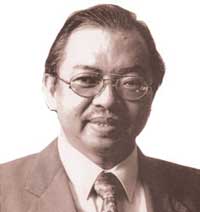Last of two parts
WITH the liberalization that swept the communist world at the turn of the last century, the ban on religions in Laos was lifted and Buddhism became a quasi state religion, with its most renowned temple depicted at the center of the national emblem and a monk invited to conduct Buddhist rites at the inauguration of government projects. The government established an office called the Lao Front for National Reconstruction with the mandate of regulating all aspects of religious practice in the country. I reopened the embassy in Vientiane because Laos became a member of the Association of Southeast Asian Nations and, according to Asean rules, every member-country must have a resident embassy in the capital of all the other member-countries. One Catholic church was newly allowed to reopen, and I offered, in cooperation with the Filipino community, to beautify the street-side grounds of the church, which were an unsightly mess, with the expert help of a Filipino landscape engineer then working on the construction of a new high-end hotel. The bishop thanked us but refused our offer, telling us that if the authorities find the place looking good and pretty, they might take it away and use it for their own purposes. It seemed the church properties had become state properties and they might be taken away by the State anytime.
Continue reading with one of these options:
Ad-free access
P 80 per month
(billed annually at P 960)
- Unlimited ad-free access to website articles
- Limited offer: Subscribe today and get digital edition access for free (accessible with up to 3 devices)


